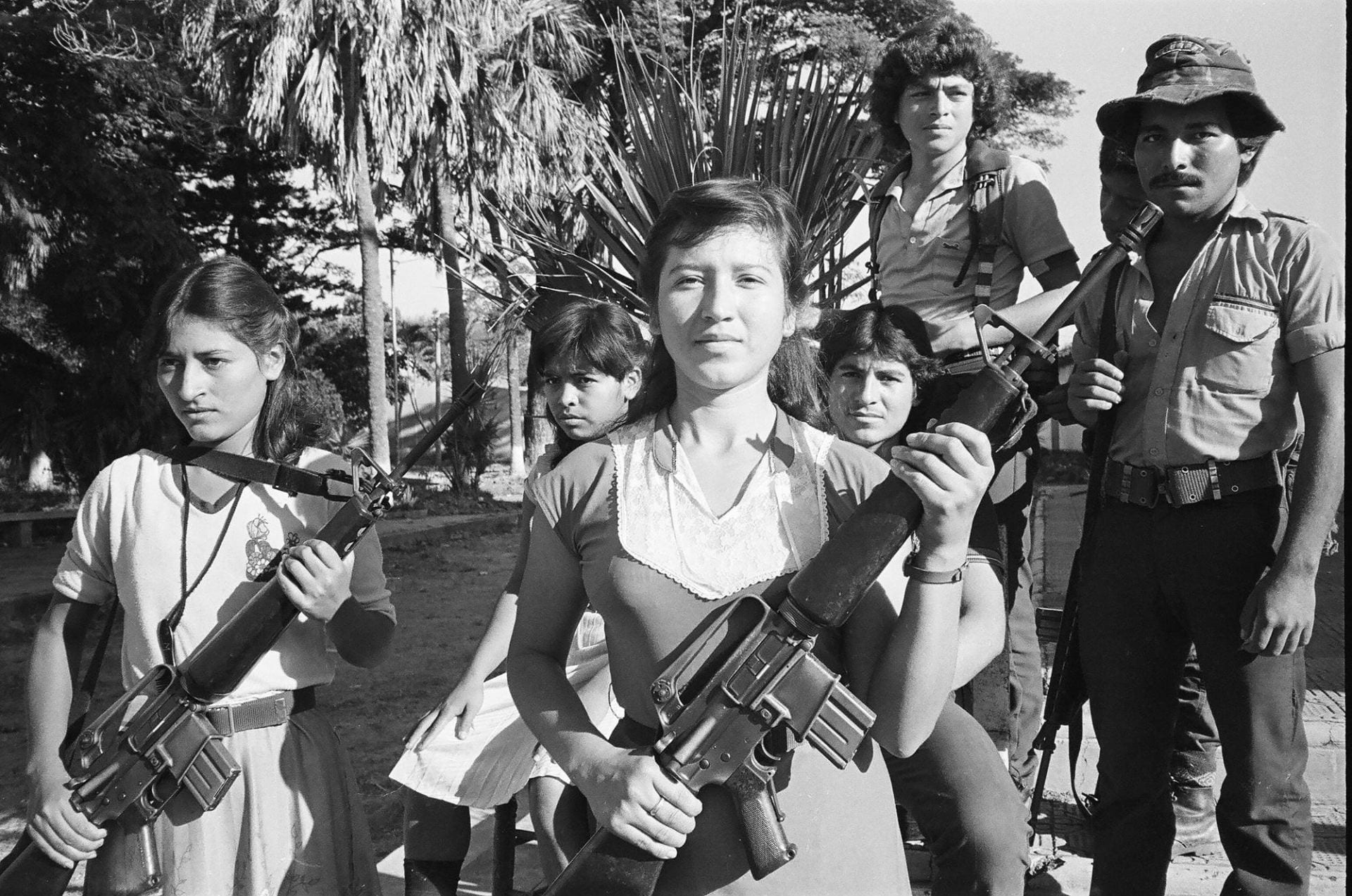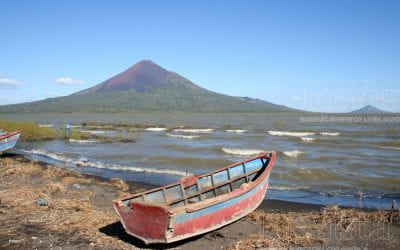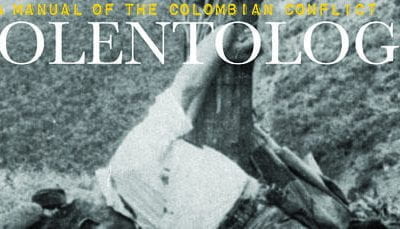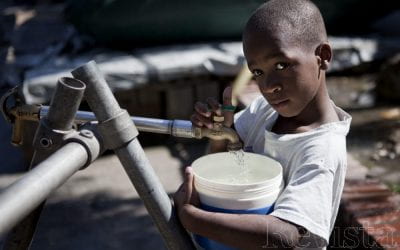A man was shot and killed in a dispute in June 2010 over a water connection in San Juan Cancuc, Chiapas, Mexico. A Zapatista settlement coexists, if uneasily, on the edge of the municipality. Residents of the nearby community of El Pozo had threatened to shut off Zapatistas water connection. A confrontation ensued, shots followed, with one fatality and nine wounded. A spokesman claimed the Zapatista group acted in self-defense.
As a student in the DRCLAS Student Internship Program in Sustainable Development, I’d been commuting to this small town in high, green, tropical Chiapas to interview women looking to start a cooperative. I found out just how much a good water connection is worth: it can cost human lives.
Monica Porto’s observation that water infiltrates most of our infrastructural layers is essential. We drink water; water carries away our waste, provides our electricity, and determines whether our crops will grow. And as such water use dominates discussions on water. How we use and distribute water are delicate questions. To a community, water is also agriculture, sanitation, transport and power.
This issue of ReVista examines the many intersections of water and human development: the human waste that mixes with the water we drink; how communities can share and manage their own water; how climate change impacts stream flow, or, as Diana Duque narrates, how a community manages when corpses float downstream as runoff.
Water operates on a much greater physical scale than humans do. The hydrogeological processes of sedimentation, deposition, runoff, erosion—driven by gravity—chisel landscapes on earth: the Andes, the Amazon, the Salar de Uyuni, the Patagonian ice field. Allowed to take its time, the motion of even a relatively small amount of water is powerful.
The volume of the Colorado River can be measured by the cupful as it winds to its end somewhere in northwestern Sonora, and yet the canyons it makes as one follows it upstream are unsurpassed. Sometimes, water is thrust upon a landscape more immediately, as survivors of the 1960 Chilean tsunami, or a Caribbean hurricane, have witnessed.
In this sense, water permeates through much more than the infrastructure of our cities. Water permeates layers of scale—as John Briscoe notes, the water cycle in South America is defined by regions as large as Brazil and the Andes, but as many of the other authors in the issue point out, has important and immediate impact on individuals. The physical geography that we inhabit integrates the impact that water has created on timescales from millions of years to minutes.
Outside La Paz, Bolivia, a human impact is felt even on this large scale. The receding Andean glaciers that supply La Paz are some of the best visual evidence of the impact of climate change on regional hydrologic cycles. But as Angela Livino notes, water supply is likely changing in less visually apparent ways even in places like the Brazilian Amazon.
Water will become a more pressing issue for human development. With changing water supply and higher populations, more communities will have to grapple with challenges like the dispute in San Juan Cancuc, or the potential shortages in La Paz.
Unless they want to accept the trend toward the consolidation of water in the hands of a powerful few, communities themselves will be tasked with ensuring water rights. This is why experiments in water management like the Mesas Técnicas de Agua that Rebecca McMillan and Susan Spronk describe are so important.
The hydrologic cycle, though, is just that—a cycle, of which human life and death and anthropogenic change make one small component. Rivers change their courses, oceans rise and recede; runoff continues to slowly move mountains. Dams and canals will erode, and crack. In any debate over water, water itself will have the last word.
Related Articles
Water in Oaxaca, Mexico
The story of water in Oaxaca, Mexico, a picturesque place that draws international tourism, illustrates Mexican, Central American and worldwide water problems. Increasing population with ever higher demands for water, more cement constructions and paved streets, cutting down of forests, water pollution, a lack of water treatment plants and water infrastructure, a lack of environmental laws and law enforcement, …
A Review of Violentology: A Manual of the Colombian Conflict
Stephen Ferry was teaching a documentary photography workshop in Cartagena when he saw an image that revealed how very little he knew about violence in Colombia. The photograph depicted a town reduced to ashes after members of the National Liberation Army (ELN), a guerrilla group founded in 1964, blew up an oil pipeline. The experience was a negative epiphany that made him grasp the destructive impact …
Water Access
Take a moment to imagine your day without water. No morning shower, no coffee, no glasses of water throughout the day, no flushable toilet, no washing your hands. Beyond being an unpleasant day, without water we as a human race would simply perish. Not only are we as physical beings made up largely of water, we depend on it to remain hydrated, to clean and purify, to transport and to sustain …






